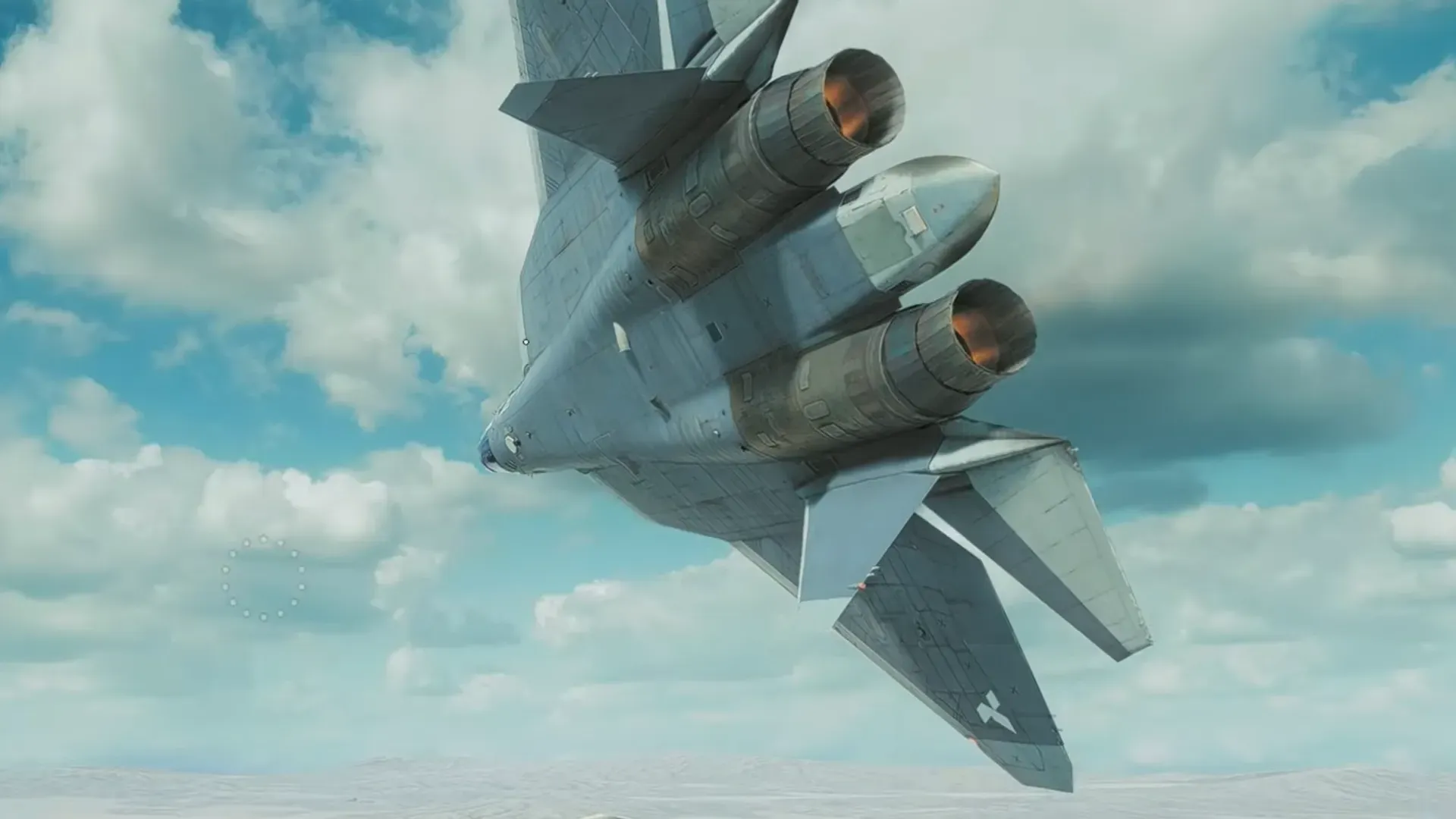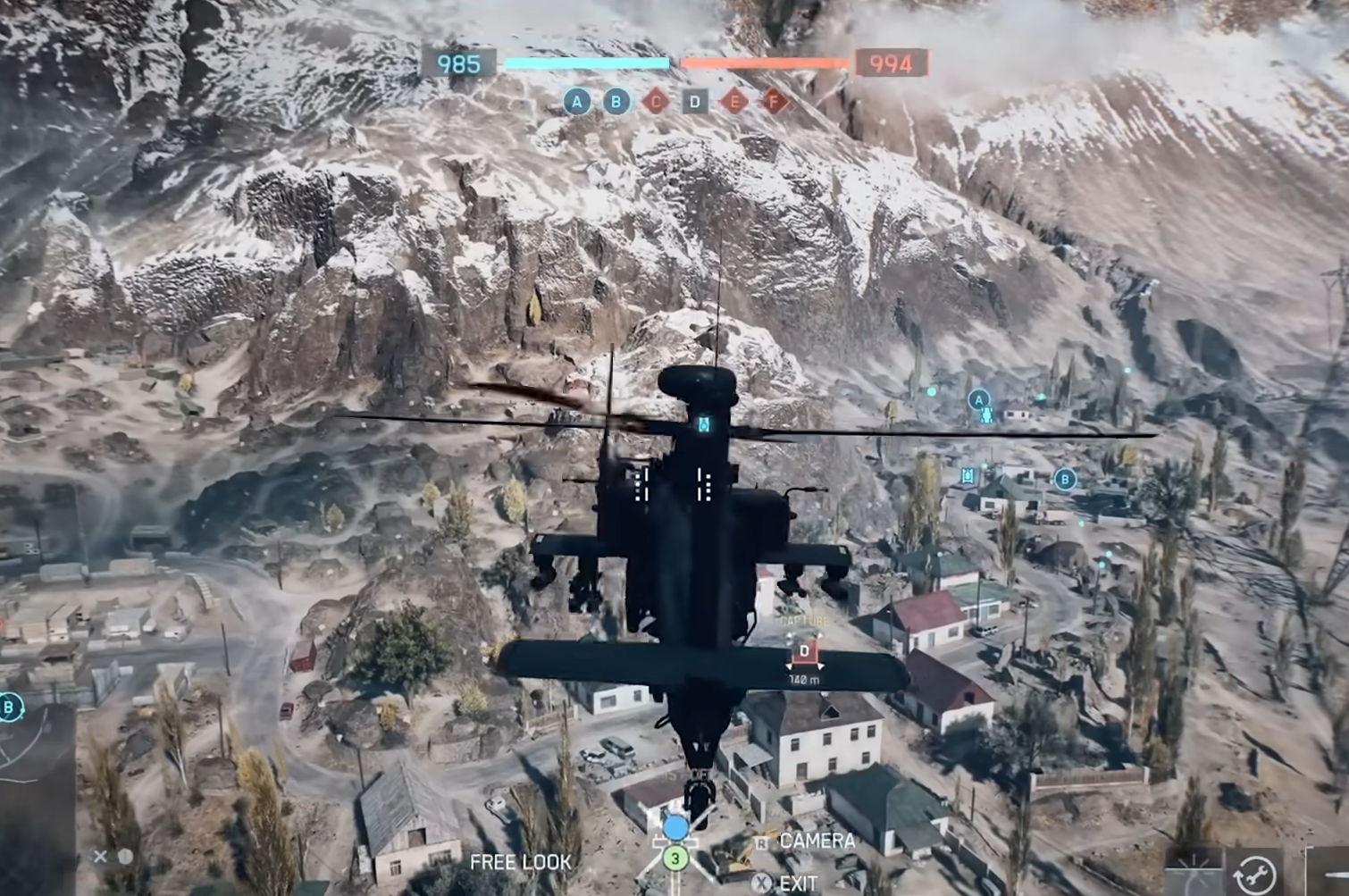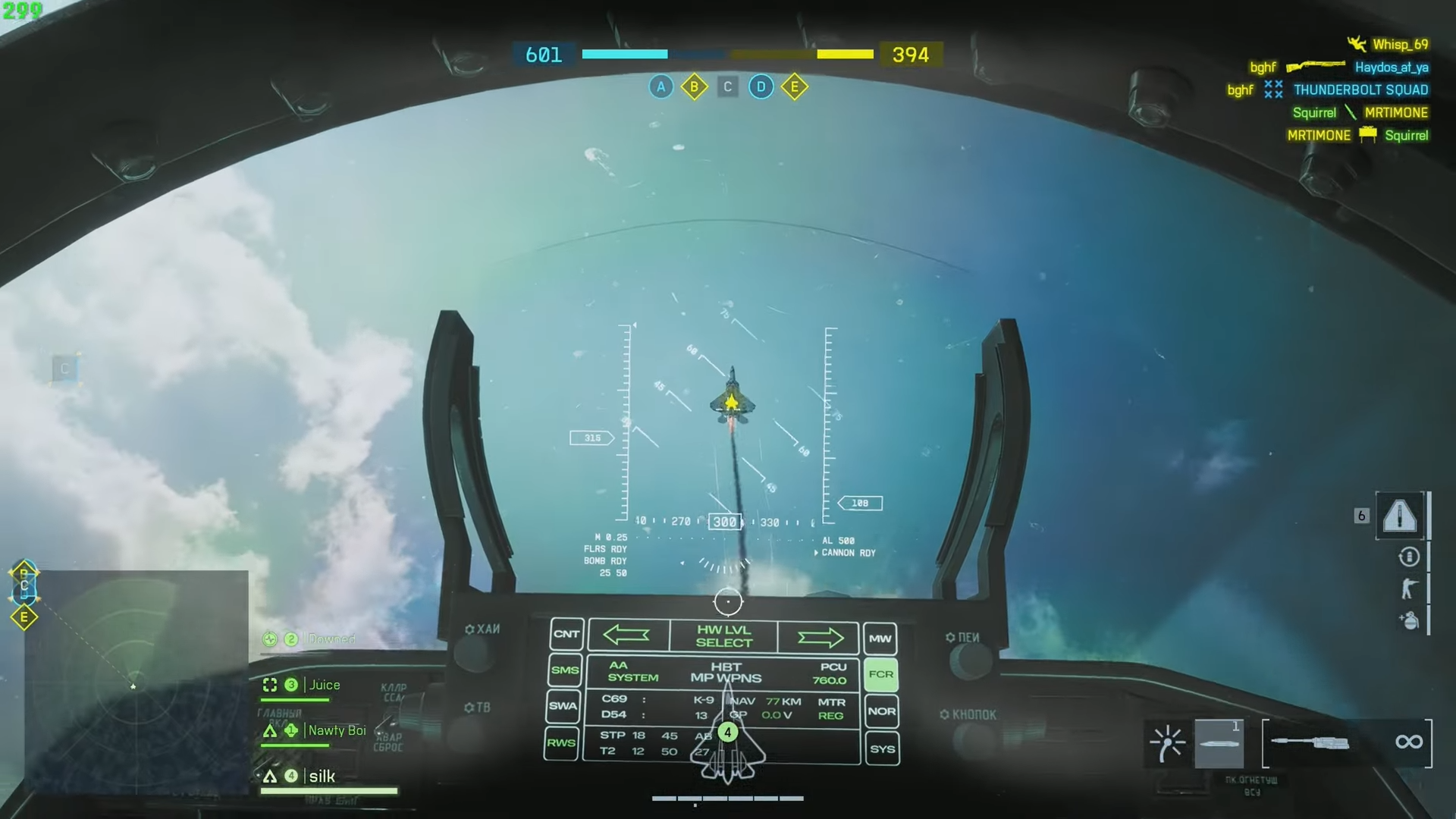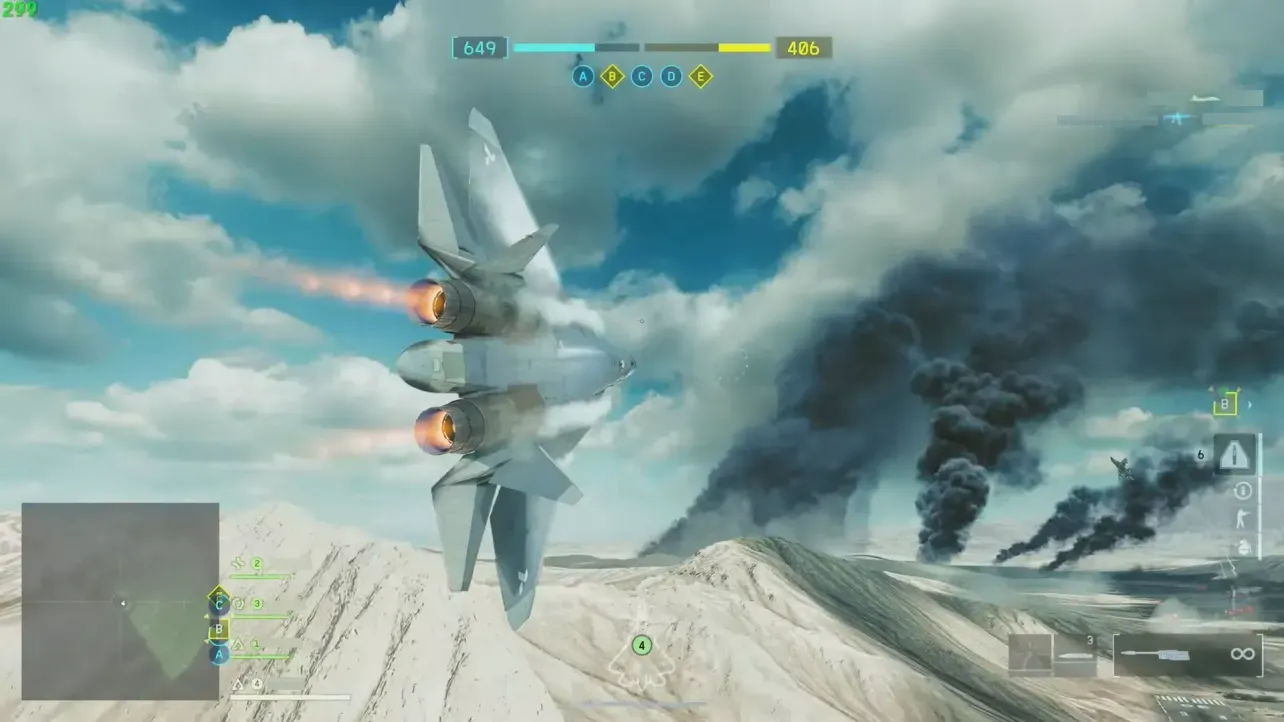Battlefield 6’s default aircraft layout makes helicopters twitchy for new pilots. Switch helicopters to the Alternate button scheme so throttle up/down sits on the triggers and fire/zoom moves to the bumpers. Separating throttle from yaw gives you finer altitude control and cleaner turns.
- Open Settings > Controller.
- Open the edit menu from the Controller tab.
- In Aircraft and Helicopter, change Buttons to Alternate.
Keep pitch inverted if that’s natural for you. If it isn’t, swap it early; relearning under fire is harder than fixing muscle memory now.
Know the controller basics (quick reference)
| Action | Default mapping | Notes |
|---|---|---|
| Pitch/Roll | Right stick | Pitch inverted by default. |
| Yaw/Throttle | Left stick | Alternate scheme moves throttle to triggers for helicopters. |
| Fire / Switch weapon | R2/RT / Triangle/Y | Some weapons require a lock before firing. |
| Zoom | L2/LT | Useful for lining up runs. |
| Camera | Press right stick | Toggle first-person and chase cam. |
| Afterburner (jets) | Press left stick | Requires throttle up. |
| Equipment | D-pad left/right | Slot 1 / Slot 2. |
| Freelook | Hold D-pad down | Look around in both views. |
| Exit vehicle | Hold Square/X | Bail if survival is unlikely. |

Survival fundamentals that accelerate learning
- Manage views actively: use third-person to widen awareness between attacks, then swap to first-person for precise shots. Use freelook to check six.
- Time flares only on “INCOMING”: deploy after the missile is fired. Once flares are down, disengage and buy time for cooldown.
- Use terrain for cover: jets should fly low and fast to complicate locks; helicopters can mask behind ridgelines, buildings, or even land briefly.
- Know when to bail: if you’re out of flares and badly damaged, parachuting preserves your life and prevents feeding the enemy.

Helicopter practice: stability, turns, and hover discipline
Helicopters reward smooth control, not stick-chopping. Work through these drills in your circuit:
- Turning with yaw first: use yaw for most left/right turns. Blend in a little roll only to tighten the arc. Too much roll will drop a skid and send you earthward.
- Throttle = altitude: treat throttle as lift. Add throttle and pitch down to accelerate forward while climbing; reduce throttle and pitch up to slow while holding or gaining height. Practice gentle cyclic changes to avoid porpoising.
- Controlled descents: briefly lowering throttle can break locks and get you under cover. But hard landings will destroy the airframe—aim for shallow, planned descents.
- Hovering is a last resort: the built-in hover assist engages with no inputs, but a stationary chopper is an easy kill. Use short, slow passes instead of prolonged hovers for rockets or to stabilize for a gunner.
- Two-seat coordination: Attack helicopters scale with a gunner. Stabilize your platform for their cannon or guided munitions, call targets, and line up cover-aware firing lanes.

Jet practice: energy, priorities, and weapon use
Jets are the air-to-air solution. Practicing the right fights is half the battle:
- Prioritize enemy aircraft: clear hostile jets and helicopters first. Once you have air superiority, start strafing ground targets.
- Autocannon is your finisher: flares don’t counter it. Use short bursts when you’re stable in the pipper; avoid spraying through turns.
- Afterburners with intent: use them to extend out of danger or to climb through a merge. Don’t hold them mindlessly—burning speed at the wrong moment makes you predictable and easy to lead.
- Terrain masking at speed: practice low-level lines that keep you off radar sightlines and reduce lock time during egress.
- Runway takeoffs: on maps with airfields, get comfortable with smooth throttle-up, liftoff, and a shallow initial climb to build energy before committing to a turn or attack.
Flying clicks when you stop fighting the controls and start anticipating threats. Make the setup changes that simplify inputs, rehearse in a repeatable loop near your repair station, and prioritize survival habits like camera management and disciplined flares. The more time you stay airborne, the faster your handling—and your impact—will improve.

